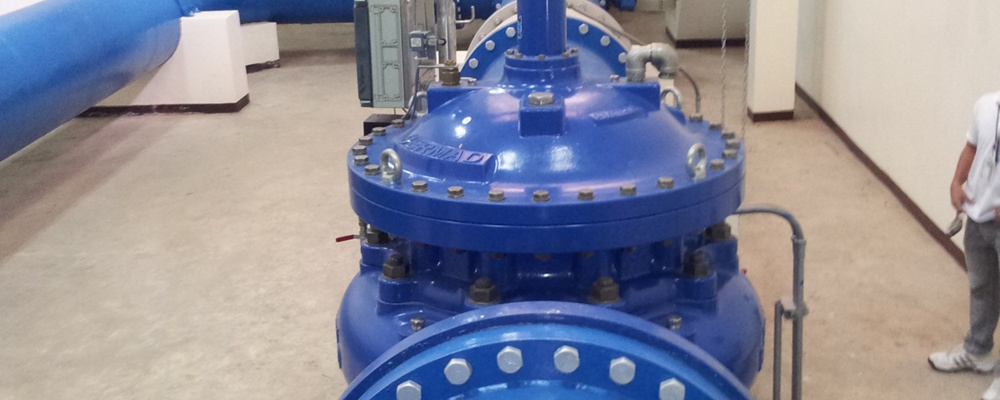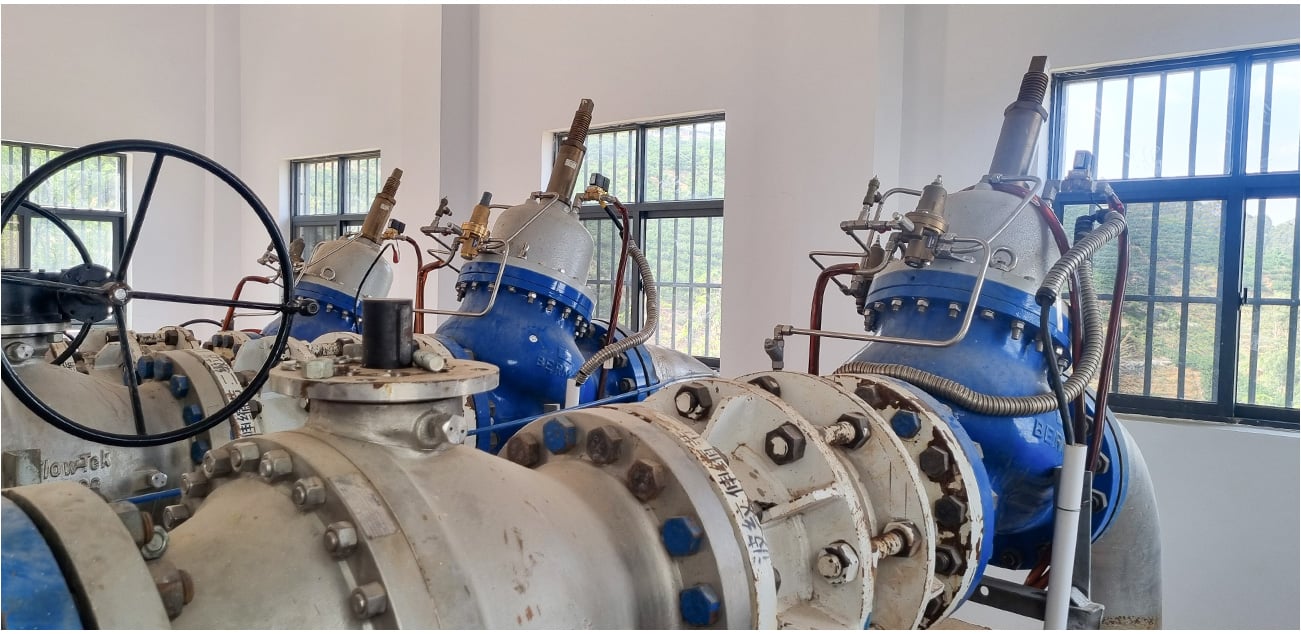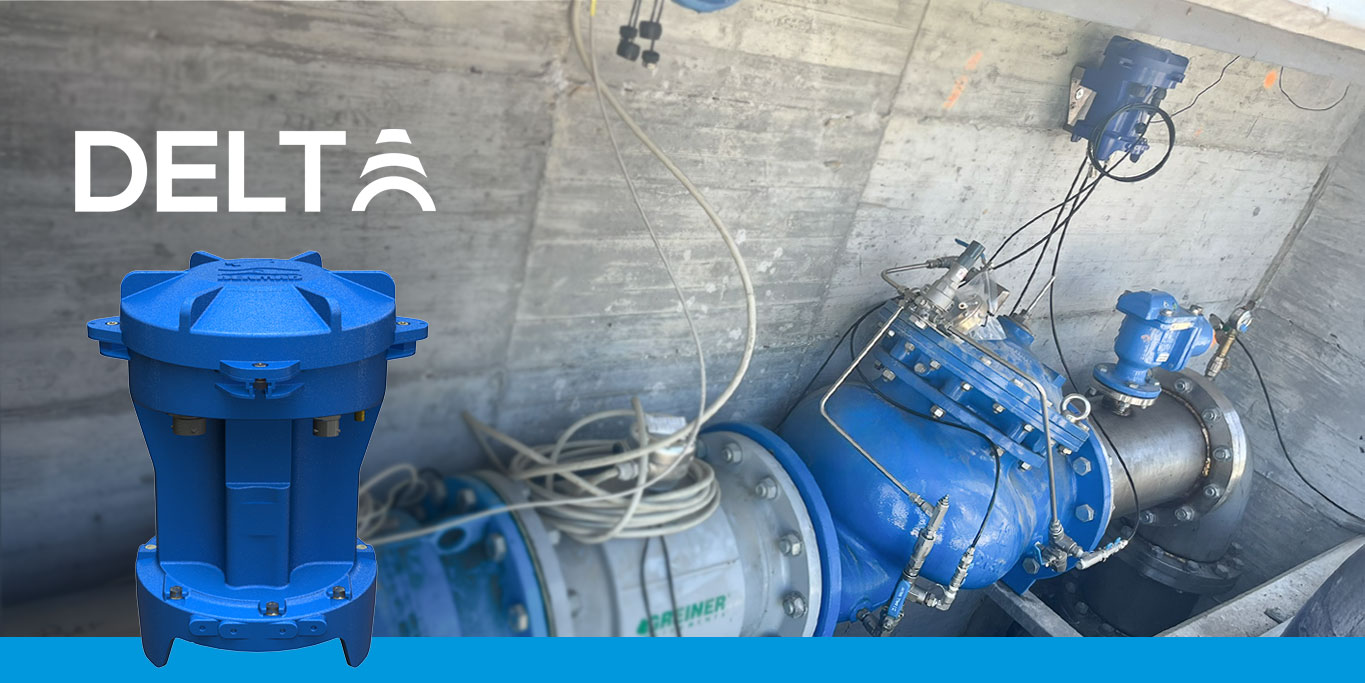The city of Manila is the capital of the Philippines and has a population of approximately 20M people in the metro Manila area. Manila is located on the Pacific Ring of Fire, where two huge tectonic plates meet. Earthquakes are commonplace, and over two dozen moderate to severe earthquakes with magnitudes of 5.4 to 7.8 on the Richter scale have been recorded in the city since the turn of the 20th century.
The Challenge: Protecting the Water Supply System in Case of Earthquakes
One of the main reservoirs in Manila is the La Mesa Reservoir. The trunk main that supplies water from this reservoir passes through a densely populated valley and a major fault line. For this reason, there was a fear that an earthquake could cause the trunk main to burst and consequently cause flooding, which would both endanger human life and deplete the critical water reservoirs in times of emergency.
The BERMAD Solution: Emergency Shut-Off Valves
To protect Manila’s water system in the event of an earthquake, "Manila Water" design designers specified 36” BERMAD emergency shut-off valves to be installed at the reservoir outlet. These emergency shut-off valves are based on hydraulic valves but with special adjustments that make them into dedicated emergency shut-off valves. The emergency shut-off valves have a fail safe to close feature, which is designed to close immediately if there is burst in the line. The emergency valve closes to drip tight position with no need for external energy or inline pressure. In addition, the valve’s control system is equipped with a security mechanism that prevents the false closing of the valve.
The BERMAD emergency shut-off valves are equipped with a control system that enables the automatic operation of the valve. Upon detection of an emergency situation such as a poisoning attempt, burst pipes, or an earthquake, the valve immediately closes the reservoir outlet and sends an alert signal to the designated emergency center or operator.
The Results
The BERMAD emergency shut-off valves were installed in 2011. Since, they have been functioning to the satisfaction of the operators. Luckily, without any disasters and with the great hope that they will never be required to operate in a real-time emergency situation.














